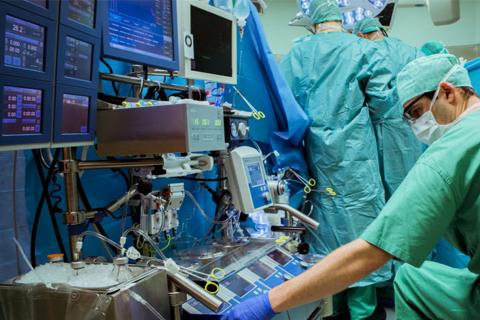Eye tracking gives you a deeper understanding of how your workplace functions and how staff operate within it, allowing you to make changes to the way things are done and continually optimize your processes. For highly skilled professions, eye tracking provides the opportunity to capture insight on how individuals perform their work and clearly illustrate it to others.
Human Performance
Every individual has a unique approach to completing a task, and these variations can produce different outcomes. By understanding how a task is completed, you can identify methods of best practice and effectively communicate them to others. Visual attention is strongly linked to cognitive function, and by harnessing this insight through eye tracking, you can improve the way your team operates.
Productivity and Quality
Consistency and efficiency are essential when it comes to productivity and quality assurance. Eye tracking allows you to see another layer of detail in the way your business operates, which helps you pinpoint ways that processes can be improved, errors reduced, and waste identified and removed. This information can also be used to create more effective onboarding material and improve quality and consistency across workplace operations.
Safety and Risk Assessment
A lack of situational awareness and lapses in concentration are major drivers of workplace accidents. Eye tracking allows you to tap into workers' visual attention and identify why these things occur. This information can help you fix elements of a workspace that hinder safe operations and train staff to be more aware of their surrounds and potential hazards.
Eye Tracking Study on Transportation (Driver Behavior)
A lack of situational awareness and lapses in concentration are major drivers of workplace accidents. Eye tracking allows you to tap into workers' visual attention and identify why these things occur. This information can help you fix elements of a workspace that hinder safe operations and train staff to be more aware of their surrounds and potential hazards.


